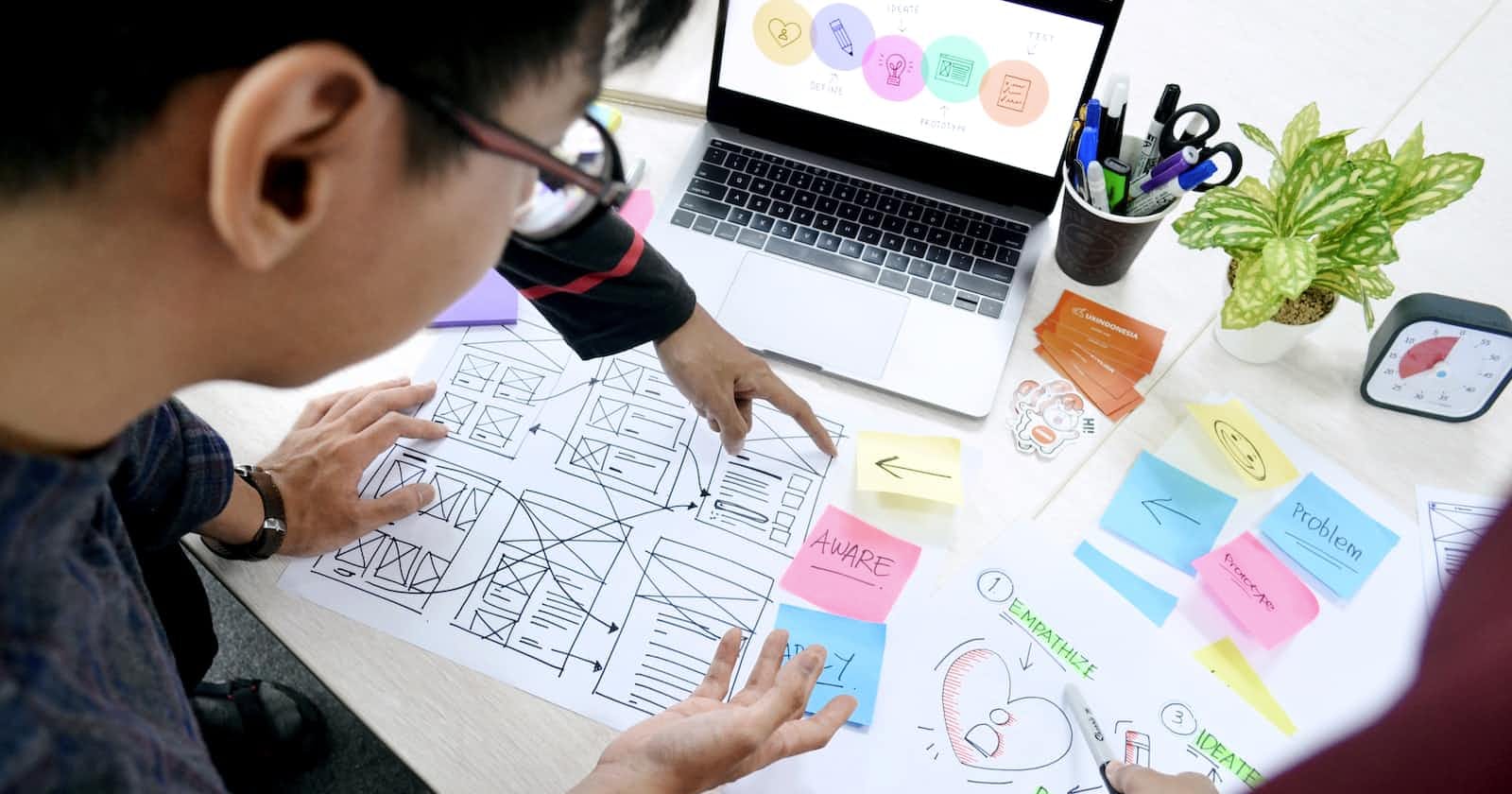
Photo by UX Indonesia on Unsplash
Designing for Accessibility: How to Create Inclusive User Experiences for All.
Before I continue, We need to understand what is "accessibility?"
Accessibility in UX design is the practice of designing products that are usable by people with a wide range of abilities, to create inclusive user experiences that cater to the needs of all users regardless of their abilities.
Designing for accessibility is crucial to creating inclusive user experiences that cater to the needs of all users, including those with disabilities. By designing products that are accessible, we can ensure that everyone can participate in the digital world. In this article, we'll explore some best practices for designing for accessibility and how to create inclusive user experiences for all.
First and foremost, it's important to understand that accessibility is not just about providing alternative ways for users to interact with a product, such as using a keyboard instead of a mouse. It's also about designing products that are perceivable, operable, understandable, and robust for all users.
One of the most important things to consider when designing for accessibility is providing alternative ways for users to access the content. This includes providing text alternatives for images, videos, and other multimedia, as well as providing captions and subtitles for audio content. Additionally, designers should ensure that the text on a website or app is large and clear enough to be read by users with visual impairments.
Another important aspect of accessibility is designing interfaces that are easy to navigate and understand. This includes providing clear and consistent labelling, using simple and clear language, and making sure that the interface is predictable and consistent. Additionally, designers should consider the needs of users with motor impairments and provide alternative ways to interact with the interface, such as using voice commands or a keyboard.
Designers should also ensure that their products are robust, meaning that they work well across different devices and browsers. This includes testing products on different devices, such as smartphones and tablets, as well as different browsers and operating systems.
In summary, It's important to keep in mind that accessibility should be an ongoing process, and designers should continually assess and improve their products to ensure that they are inclusive for all.
Thanks for reading, if you have any questions you can leave your comment below..
